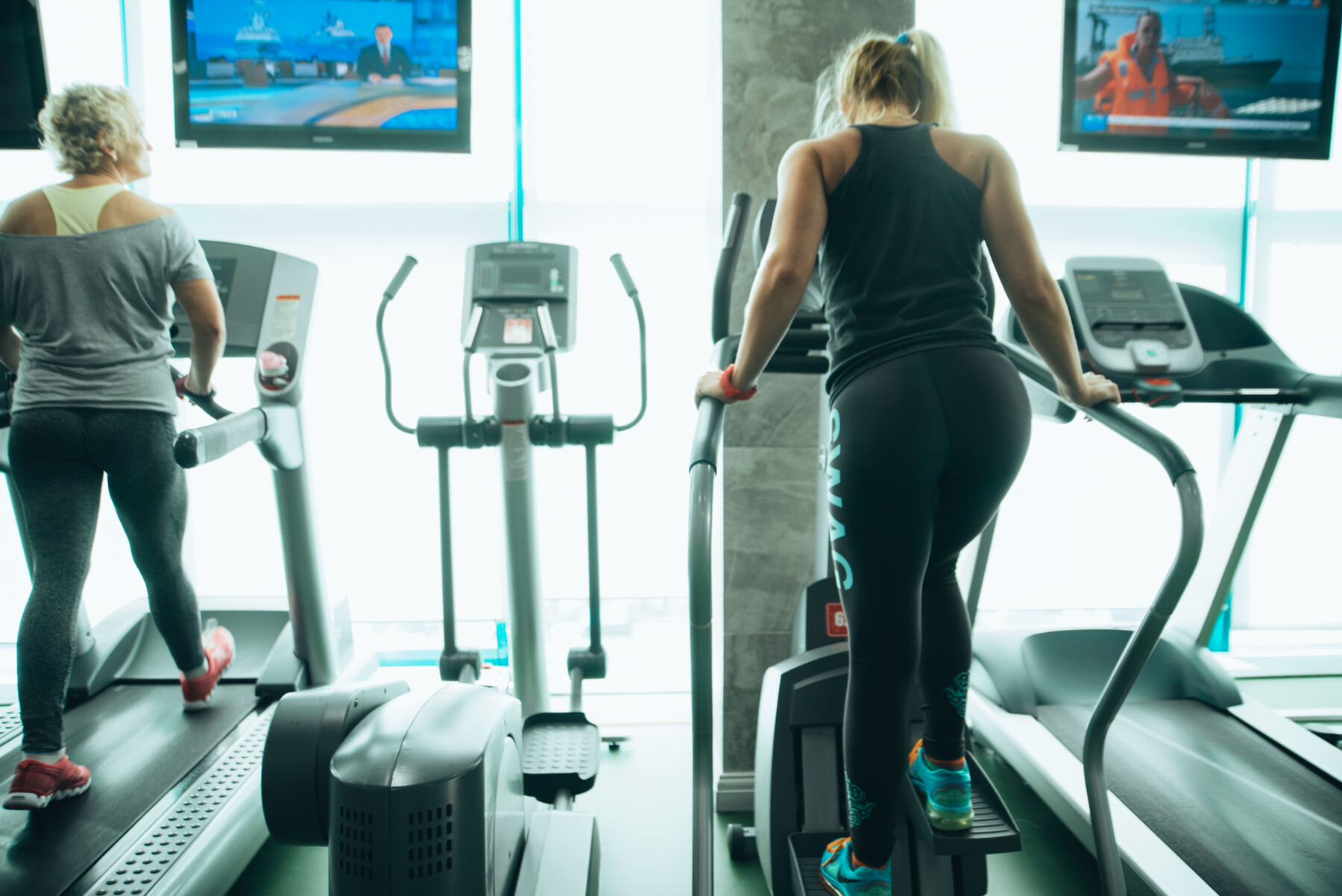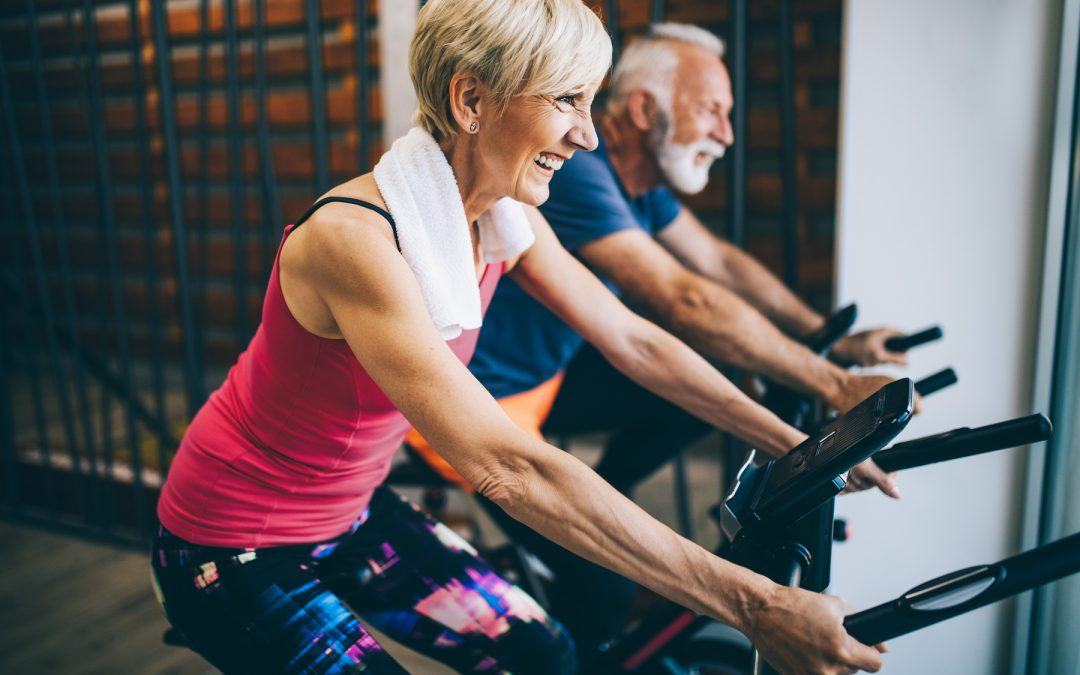My last blog discussed the benefits of anaerobic exercise, also known as High Intensity Interval Training (HIIT). The PACE exercise program developed by Dr. Al Sears is a specific form of High Intensity Interval Training that confers multiple benefits not seen by aerobic exercise. This includes, but is not limited to increasing lung volume, cardiovascular fitness, and lean muscle mass, while greatly reducing body fat.
PACE (Progressively Accelerating Cardiopulmonary Exertion), differs from traditional High Intensity Interval Training. Both are anaerobic exercise, but with HIIT one repeats the same exercise protocol without variance. PACE is different, in that each time one exercises, one improves one aspect of the exercise program, hence it is a progressive program. With HIIT, one eventually adapts to the exercise being done, and therefore no longer sees improvement. With PACE, the body is continually responding to new stresses placed upon it, so adaptation does not occur and one continues to progress.
There are many different forms of exercise that one can conduct using a PACE protocol. Some ways you can perform PACE exercise include: sprinting, swimming, bicycle or stationary bicycle cycling, stair climber, elliptical exerciser, rowing, and weight training. Probably the safest ways of implementing the program are swimming, stationary bicycling, and using the elliptical machine. I do not recommend sprinting on the treadmill as this can be dangerous if you misstep.

The following are the steps to take to initiate the PACE exercise program:
1.) Make sure you are healthy enough to engage in PACE exercise. Do not begin the program without first consulting your physician if you have any health issues.
2.) The PACE is done a maximum of three times per week. There should always be at least one day of rest between exercise days. Without this rest your body does not have time to recover from the stress induced by the exercise.
3.) PACE exercise consists of six sets of 30 seconds maximum of the exercise of your choice. One should start with a five minute aerobic warm up followed by the first 30 seconds of PACE exercise. After the exercise you will rest until you feel fully recovered and able to perform the second set with the same intensity as your first set. There is no specific time placed upon the rest. It is totally individual based upon your initial level of conditioning and ability to recover.
4.) When you feel fully recovered, perform the second 30-second set. Rest as noted above until you are fully recovered and then perform the third set, continuing until you perform six sets total. You are now done. You may wish to do a cool-down as well.
5.) If your current level of conditioning does not allow you to perform all six sets, perform as many as you’re able, with maximum exertion. The next time you exercise try to increase by one set, until you’re able to do six.
6.) Here is Key #1- each set must be performed to your absolute maximum ability. You must give 110%. The analogy I like to give is that imagine you are being chased by a tiger and you have 30 seconds to get to safety. How hard would you run to avoid being eaten by the tiger?
7.) Key #2- your rest. It is critical. You need to rest until you believe you can complete the next set with the same intensity. This will probably take between two and five minutes. Do not begin your second set until your heart and respiration rates have returned to near normal.
8.) Key #3- each time you exercise you will attempt to improve one parameter of your exercise. Most commonly this will be, at least initially, a reduction in the total time it takes you to perform all six sets. The goal is to be able to do this in 12 minutes.
9.) It may take several months for you to be able to perform the program in 12 minutes. Once you’re able to do this, you will now vary another parameter of the exercise. For example, if you are using an elliptical machine, you may either increase the time from 30 to 45 seconds, or you may increase the resistance, or the elevation. The important point is that this program is not static and is always progressive. Another way to progress the program is by changing the exercise, from say elliptical to a stationary bicycle.
10.) To monitor your progress it is essential that you keep a chart of various parameters of the exercise you choose. I highly recommend that you have your lung volume checked ( A simple test where you blow into a machine that measures your maximum volume, called Forced Expiratory Volume, or FEV). An initial blood pressure reading, as well as body fat percentage is also recommended.
11.) Your daily chart recordings need to include the total time it took from the beginning of the first set to the end of the sixth set. This is mandatory as your goal for the next exercise session is to reduce the total time to perform the six sets.
12.) If you are using a machine such as a bicycle or elliptical, I recommend recording whatever parameters the machine provides, including work done, calories burned, and distance traveled. If the machine can measure your heart rate, you should record your maximum heart rate after the last set. You will see a dramatic increase in your maximum heart rate as you progress through the program.
13.) Until you reach your 12-minute goal, you should maintain whatever settings the machine allows without change. For example, most elliptical machines have various levels of resistance as well as elevation of the foot pedals. Keep these the same each time you exercise until you reach 12 minutes. You can then increase one or both of these parameters to increase the exercise, again until you’re able to do the program in 12 minutes.
14.) When you have reached your initial 12 minute goal you may wish to have your lung volume, blood pressure, and body fat remeasured to evaluate your progress.
About the Author: Dr. Douglas L. Weed
Dr. Weed practices Functional Nutrition, Chiropractic care, and offers weight loss solutions in Napa, CA at Heun Chiropractic, Inc. He has a doctorate in Chiropractic care and he has received certifications in physical rehabilitation and as a Qualified Medical Examiner. With a post-graduate certification in Functional Medicine, focusing on functional endocrinology, digestive disorders and Peripheral Neuropathy, he is committed to lifelong education and helping patience transform their health.

